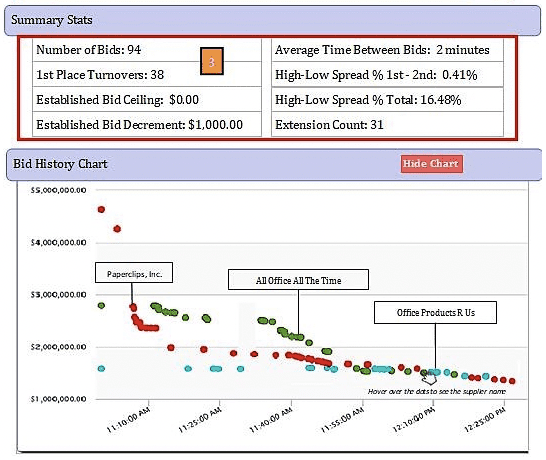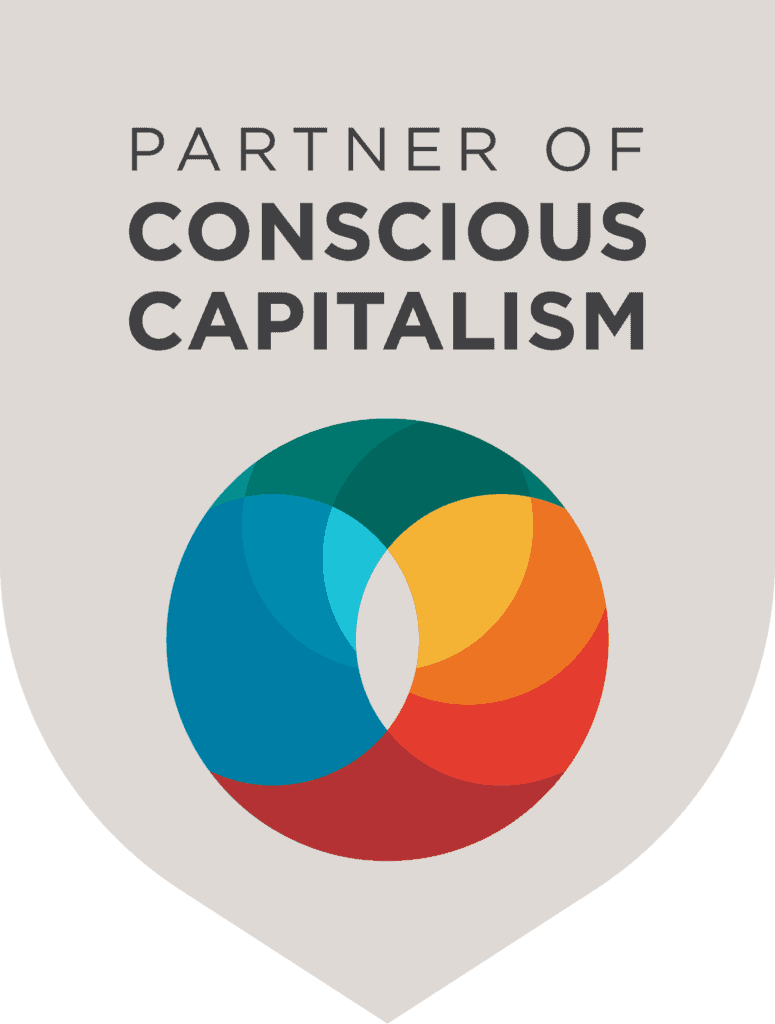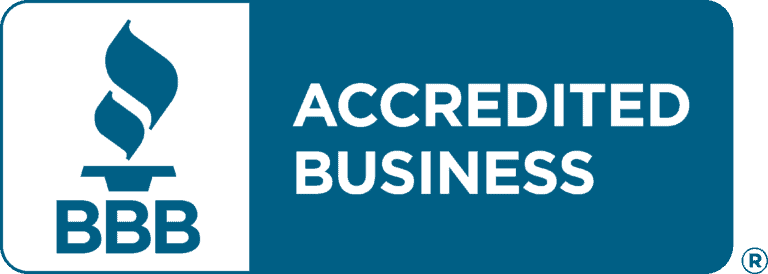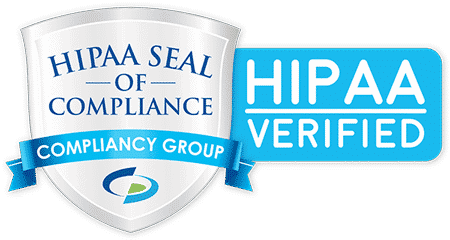What are the expectations of every business owner? To generate more sales, expand their brand structure, and improve their bottom line. But much more than that, their goal is to reduce operating costs.
With the economy facing a significant increase in inflation, business owners are looking to reduce their overhead costs as much as possible to remain in operations and serve their clients seamlessly.
As a result, the procurement team of businesses has been tasked to purchase quality supplies at lower rates to save finances. Reverse auctions can help enterprises reach their cost reduction goals faster.
You may have heard about it but not paid enough attention to it. Here at Expense To Profit, we are tasked with providing you with insights and tips to reduce your expenses. Our resource is filled with a lot of content to help improve your profit margin for your small or large business.
This article will explore all you need to know about reverse auctions, their existing types, and their benefits.
What Are Reverse Auctions?

A reverse auction is where sellers or vendors bid for prices at which they will sell their goods or services to a buyer. This is the opposite of how regular auctions behave.
In typical auctions, a seller puts up an item for sale, and buyers bid for it till the end of the auction. The seller then decides to sell it to the highest bidder. One of the common examples of this is in the sales of artworks and artifacts.
In reverse auctions, the scenario is completely flipped. A buyer, in this case, requests to purchase an item or group of items and invites vendors with a request for quote (RFQ) to compete to sell that required at their best price. At the end of the bid session, the buyers select the winning bid (the lowest possible price) and contact the vendor for the item.
Thus, reverse auction aims to purchase the best items at a lower price while maintaining a cordial relationship with the vendors.
Reverse auctions are also called B2B auctions, sourcing events, procurement auctions, or eRA.
When Should You Consider Reverse Auctions?
Business owners should consider reverse auctions as part of their cost reduction strategy. However, it should be carried out in a manner that does not cause a strain on the relationship of your existing vendors. Our previous article discussed market price myths and why you are overspending. You should check it out.
You can consider reverse auctions if:
- Your vendor does not have a specific product: Suppose your current supplier does not have the particular supplies you need or does not have the right equipment to produce it. In that case, you should consider a reverse auction and invite vendors with the specifications.
- You cannot make a supply: Let us say you know how much it will cost to make a particular supply for your business, but you do not have the machinery to make it possible. Reverse auctions work best in this case.
- You want to aggregate several supplies to get a volume discount: In this case, you make an RFQ for a group of items in bulk quantities that one supplier cannot provide. A reverse auction will hasten the process while spending less.
- Your supplier is overcharging you: If your vendor is hiking up the prices of supplies after discovering the market price, you can either renegotiate pricing with them or opt for reverse auctions.
If your needs fall between these categories, you should consider reverse auctions.
Types of Reverse Auctions
There are different types of reverse auctions based on functionalities. They include:
- Japanese Reverse Auction: In this form of auction, the buyer sets the opening price in the RFQ, and the bidders must agree to it before participating. As suppliers bid to sell the item, the price decreases, and the winning bid is the supplier with the lowest price.
- Dutch Reverse Auction: This type of auction requires the buyer to state the price, product, and quantity to suppliers beforehand and at the same time. Whoever first accepts the bid wins the auction.
- Ranked Reverse Auction: In this form of auction, the vendors bid and immediately see their rank or position on the bid table. They do not know the rank of other bidders. The person with the lowest price is ranked #1 and may win the contract.
- Open Reverse Auction: In this case, when suppliers bid, they can see the leading bid and compete with a better proposal. In this case, price is a significant factor, not necessarily the quality of goods offered.
Remember that the best prices do not mean the best quality. You should consider this before selecting a winning bid.
Benefits of Reverse Auction
Reverse auctions are beneficial for both small and big businesses in the following ways:
Faster Process
You and the vendors can save time conducting market price research before buying or selling a product or service. It is quicker to set up using an e-platform where virtual bidding can be performed.
Zero Supply Waste
Another unique benefit to reverse auctions is that you can state the exact quantity of goods needed. This goes a long way in reducing supply wastage in your storage.
Settling for the Best Prices
You get the specific product(s) at a discounted rate with reverse auctions. This is beneficial for businesses operating with a low cash flow.
Quick Comparison
One of the opportunities that reverse auctions give you is comparing prices and the quality of products between bidders. The winning bid may not be the bid with the least cost but the bid that delivers the quality of the item you need at a discounted rate.
Other benefits include process transparency, improved pricing, and an extensive network of vendors at your request.
Conclusion
In conclusion, reverse auctions are beneficial for business owners to reduce costs. It now depends on you to identify the type of reverse auction that works best for your needs and implement it.
Expense To Profit is a leading cost reduction firm with a proven record of helping businesses improve their bottom line while lowering costs with industry-driven recommendations and strategies. You can reach out to us to better understand your business needs and goals and design strategies to help you.






